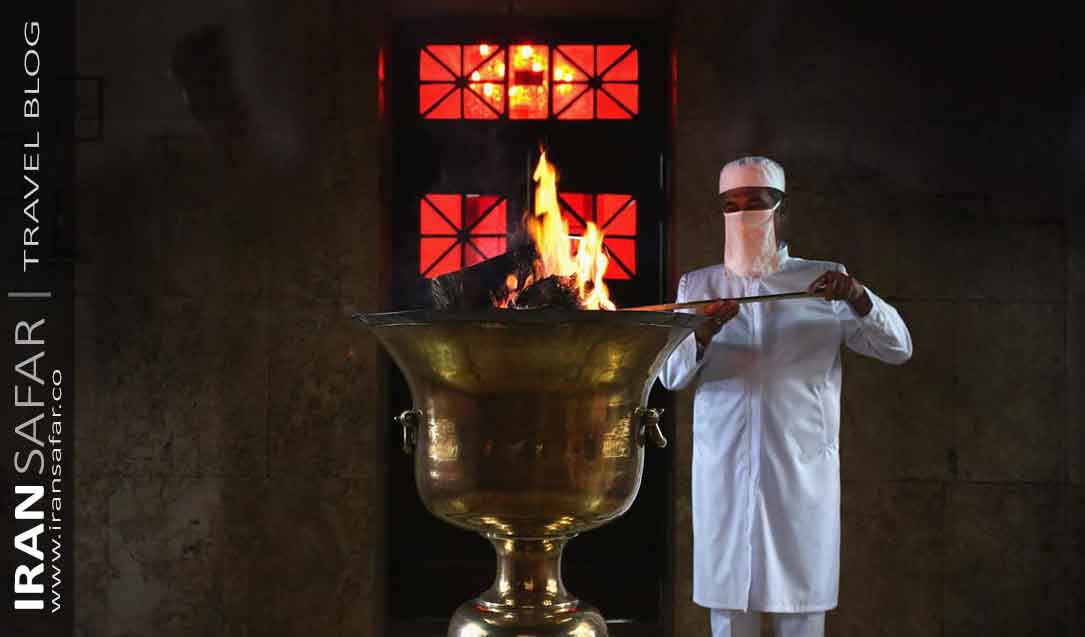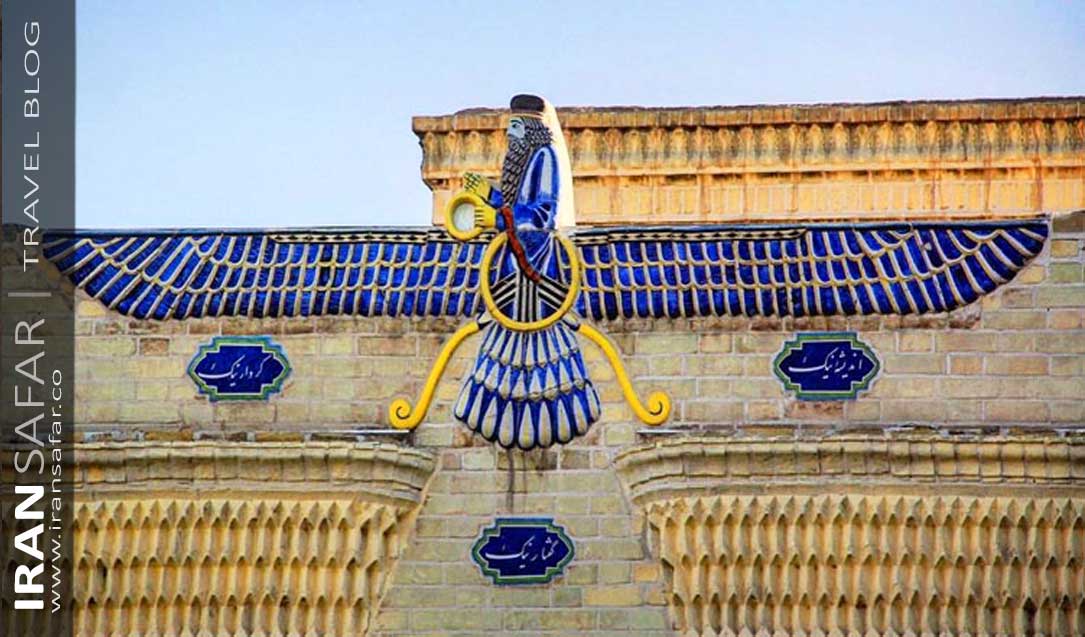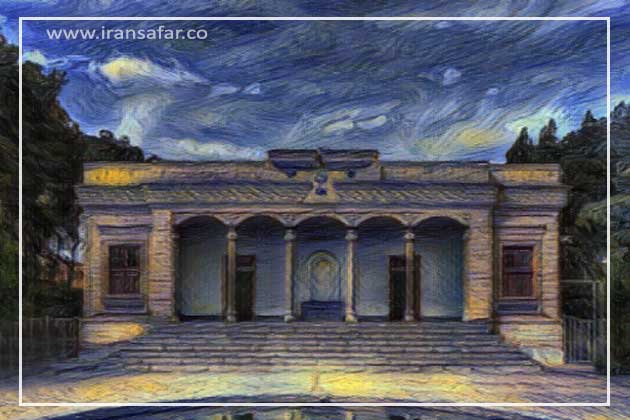Nestled in the heart of the ancient city of Yazd in central Iran, the Yazd Fire Temple stands as a testament to the rich religious heritage of Zoroastrianism. This sacred sanctuary, also known as Atash Behram, has captivated the minds and hearts of countless devotees and curious travelers alike. As we delve into the fascinating world of Zoroastrianism, let us explore the historical significance, architectural marvel, and spiritual essence of the Yazd Fire Temple.
History of Zoroastrianism
To truly understand the Yazd Fire Temple, we must first acquaint ourselves with the roots of Zoroastrianism. Founded by the prophet Zarathustra or Zoroaster in ancient Persia, this monotheistic faith emerged over 3,500 years ago. Its core principles of good thoughts, good words, and good deeds have shaped the lives of millions and left an indelible mark on human civilization.
Yazd: A Hub of Zoroastrianism in Iran
Yazd, the city that cradles the Yazd Fire Temple, is widely regarded as the spiritual and cultural center of Zoroastrianism in Iran. With its narrow labyrinthine streets, wind towers, and ancient adobe structures, Yazd transports visitors back in time. The city’s vibrant Zoroastrian community embraces its traditions, fostering an environment that preserves the essence of this ancient faith.
Zoroastrian Fire Temple
In the realm of Zoroastrianism, the religion that emerged in ancient Persia over three millennia ago, fire holds an unparalleled significance. At the heart of the Zoroastrian faith is the concept of the Fire Temple, a sacred sanctuary where the eternal flame is nurtured and revered. As a symbol for purity, light, and the divine presence, the eternal fire is kept alight for centuries, representing the perpetual connection between mortals and the divine.
The eternal flame is believed to embody Ahura Mazda, the supreme deity of Zoroastrianism, and serves as a sacred beacon, guiding adherents toward righteousness and enlightenment.
Read – Zoroastrian Fire Temples
 Zoroastrian priest maintaining the sacred flame, Yazd fire temple
Zoroastrian priest maintaining the sacred flame, Yazd fire temple
Yazd Fire Temple
The Yazd Fire Temple, with its historical significance, architectural splendor, and spiritual essence, offers a window into the world of Zoroastrianism. This sacred sanctuary stands as a testament to the enduring legacy of an ancient faith and its profound impact on Persian culture. As visitors step into the hallowed halls of the temple, they embark on a spiritual journey, guided by the eternal flame that symbolizes the eternal presence of Ahura Mazda and the eternal quest for truth and goodness.
History
The registered historical documents show that Yazd has a history of 7000 years and has been registered in the UNESCO World Heritage List. In some historical books, it is mentioned that when the Sassanid King Bahram V fell ill during his journey and entered the Ardakan plain, the climate of this plain was so pleasing to the king that he soon recovered and ordered to build a city in that place and named it “Yazdan Gerd“.
Read – Sasanian Empire
It is said that Bahram built a fire temple in that city and called it Atash-e Bahram. But in the various aggression and attacks that happened to Iran in the following centuries, people took the fire to remote villages to prevent it from being extinguished and disrespected.
The fire of Bahram has been burning for 1500 years and was brought to Yazd fire temple from neighboring city of Ardakan in the 20th century. The Yazd fire temple, unlike the fire burning inside it, is not very old and was built during the first Pahlavi period. This building was built in 1929 with the investment of a Persian Zoroastrian named Homabaei and with the participation of Iranian Zoroastrians.
Architecture
The architectural brilliance of the Yazd Fire Temple reflects the ingenuity of its builders. The building is constructed two meters above the ground in the middle of a garden full of cypress and pine trees. There is a circular pond in front of the entrance gate. The full reflection of the fire temple building can be seen in this pond. The architectural style of the fire temple of Yazd is taken from the style of Persi fire temples of India and is very similar to the Zoroastrian fire temple of Tehran, i.e. the fire temple of Adrian. Adorned with intricate tilework, the temple exudes a sense of awe-inspiring beauty. The layout of the complex comprises various chambers, including the sanctum housing the sacred fire, prayer halls, and spaces for religious ceremonies. The fusion of Persian and Zoroastrian architectural styles creates a visually captivating experience.

The Faravahar is a prominent symbol in Zoroastrianism, one of the world’s oldest religions. It represents an essential concept in Zoroastrian belief and embodies the teachings of the prophet Zoroaster. The Faravahar is depicted as a winged figure, usually shown in profile. The symbol consists of several elements: a human-like figure with two outstretched wings, a circular ring representing eternity, and a central disc symbolizing the universe. The figure holds a ring in one hand, symbolizing loyalty and faithfulness, and the other hand, with a prayer gestur representing divine guidance. The Faravahar represents the journey of the soul through life and its ultimate destiny. The three rows of feather on the wings symbolize the power of core principles “good thoughts”, “good words”, and “good deeds” to elevate the soul. The central disc represents the choices individuals make in life, which can lead them towards spiritual enlightenment or away from it. Overall, the Faravahar is a powerful symbol of Zoroastrianism, encapsulating its principles, as well as the eternal cycle of life and the ultimate quest for spiritual growth and enlightenment.
On the top of the main facade of the fire temple, the symbol of Faravahar is made with the sentences of good thoughts, good words and good deeds. This symbol is designed in blue tiles and in the context of brick designs. At the entrance of the fire temple, there are four large and massive columns with special stone carvings. To enter the main hall and see the sacred fire, you have to climb eight steps of the building. The Yazd fire temple has a simple and clean hall in the center of the building, there is a room to keep the main fire and other rooms of the building are places of prayer.
The western entrances of the fire temple building are for visitors and the eastern entrances are only for Zoroastrians. The water of the building is also supplied from the built water tank and it will be possible to visit this water tank.
Rituals and Ceremonies
Within the hallowed walls of the Yazd Fire Temple, Zoroastrians partake in rituals and ceremonies that embody their devotion and spiritual connection. From daily prayers to grand festivals, such as Nowruz (the Persian New Year), the temple serves as a gathering place for the faithful. The rhythmic chants, fragrant incense, and melodic hymns create an atmosphere of reverence and transcendence.
Symbolism and Meaning
The eternal flame at the Yazd Fire Temple holds deep symbolism and spiritual significance within Zoroastrianism. It represents the eternal presence of Ahura Mazda, the divine wisdom that illuminates the path of righteousness, and the eternal spirit of Zoroastrianism itself. The flame serves as a reminder of the enduring power of faith and the eternal quest for truth and goodness.
Cultural Heritage
In recognition of its historical significance, the Yazd Fire Temple has been meticulously preserved and safeguarded by both the Zoroastrian community and the Iranian government. Efforts to maintain the temple’s original features and protect its sacred artifacts ensure that future generations can continue to witness this living testament to Zoroastrian culture.



There are further more Zoroastrian fire temples in Yazd and this is the only one that is allowed to be visited by public. I have heard that other fire temples are even more interesting, especially the “Flying fire altar”. What is the flying fire in Yazd? can you explain? I could not find any good information on internet. cheers.